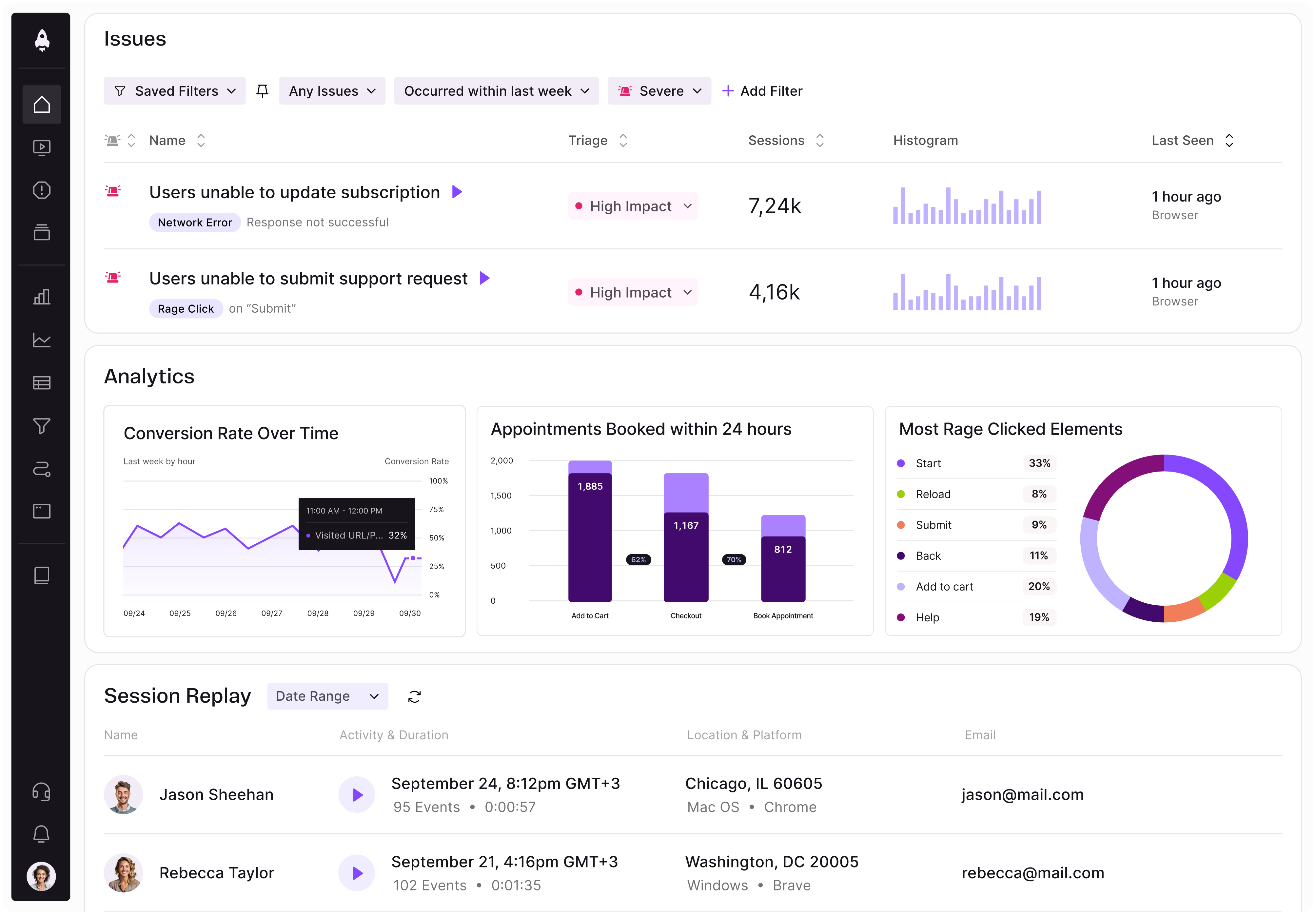Back when I was at Zalando, I was the PM for a content management system built for 30 million daily active users. It took my team one year to build the MVP, and six months to build the first version of the product. In hindsight, it was the most complicated and high-impact product I worked on. We enabled the content production team to produce twice as much content in just one year.

But there was one problem. I wasn’t able to showcase my achievements to higher management. I talked about what we shipped, including new workflows, automation, and better publishing tools, but I didn’t connect it to outcomes leadership cared about.
I never said:
As a result, while the product was successful operationally, my work wasn’t visible at the leadership level. I was executing well but failing to translate execution into recognition.
I also got to know stories about PMs building tools that weren’t adopted by users simply because the users weren’t aware of them.
That’s when I realized: building doesn’t equal recognition. And more importantly, as a PM, you’re not rewarded for what you build or ship. You’re rewarded for the business impact that others see you driving.
So in this blog, I want to share more about how you can build visibility around your product, your work, and your overall impact.
One thing I’ve learned from experience is that shipping shiny features doesn’t speak for itself. Being transparent and showing the value of your work is work in itself. This is even more important when you work for bigger companies where the company structure is more hierarchical.
At Zalando, we had 10k employees and more than 100 PMs, which means it was difficult to gain visibility from the higher management. Also, leaders and stakeholders are busy — they don’t track every Jira ticket or product review.
In the past, I have received feedback such as:
It’s easy to guess that all of these were related to the fact that I wasn’t able to make my product work visible in a way that aligns with what stakeholders care about.
To tackle this problem, I use a simple framework called the “visibility pyramid.” It consists of the following three layers:
Whether it’s operations or business stakeholders, they all think in goals and outcomes, not features or product releases. And your goal as a PM is to clearly show that. So I recommend that for your next or current product, think from the strategic side and not only the task or outcome side.
In my experience, these four ways help you demonstrate your value to internal stakeholders:

Don’t wait until the end of a quarter or project. Share small wins regularly:
Use short, clear updates via Slack or email. Leadership often notices bite-sized metrics more than long decks.
How to do it:
At Zalando, we had a bi-weekly demo within our department where every PM used to present their product progress. I used that for my teams, too. We used to end every sprint with a 10-minute live demo to the stakeholders.
Seeing the tool in action made it real and visible. A simple “before and after” demo is far more powerful than slides.
How to do it:
When building a new CMS module, I invited key marketing stakeholders to beta-test features. These were the leads from the operation teams and power users. They felt ownership, gave feedback, and later became champions of our work in leadership meetings.
Before you start your project, understand the company’s goals and how they connect with your product. This’ll help you to come up with meaningful outcomes that stakeholders will buy into.
How to do it:
Before you ship, ask:
Back at Zalando, we built a feature that was meant to replace a manual hack that the users had. These were internal users from Zalando. It was a clear win because the manual process was:
We shipped a cleaner, faster, automated version. We tested it with the user, and it indeed solved the pain point. But not all of the users used it. Primarily because of three reasons:
This was a turning point for me. It taught me that building a great feature isn’t enough. You also need to market it, embed it, and support it just like a product for external customers.
Here are some of my tips from my experience to build external visibility and a relationship with users:

Users are busy and no one opens their inbox to read release notes. And even if they do, they rarely act on it. Your best opportunity to drive visibility is inside the product because that’s where the user is already working, making decisions, and encountering problems your feature can solve.
In-product nudges work because they’re contextual. Back at Zalando, we had a special “announcements” section that had release updates in the form of core business and user impact. This feature was widely used by the user.
How to do it well:
One of the biggest reasons features get ignored is that the way PMs announce them is dull and technical. Most PMs write like they’re updating a Jira ticket.
An early example of a product update from my PM journey: “v3.2.1 includes enhanced filtering logic and UI fixes.” Users don’t care about versions or internal improvements. They care about how your features help them do their job better.
Instead of saying “We added a bulk upload feature,” say, “Now you can upload all your campaign data in one go and save hours every week.” Think from the user’s perspective and rewrite your press releases.
How to do it well:
Power users are the ones who know your tools and systems inside out. They’ve been in the company long enough to know the entire ecosystem. Back at Zalando, we had three power users who were with the company for five years.
For me, these aren’t only power users but also ambassadors. Nothing builds trust and excitement like seeing power users vouch for a feature in their own words. These advocates often become your best distribution channel.
How to do it well:
As PMs, we always juggle multiple responsibilities when it comes to execution. But we need to understand that visibility is as important as execution. And for this, we need to be more of a marketer and storyteller than a product manager.
I recommend going through press releases of your favorite companies (OpenAI, Lovable, Airbnb are a few of mine) and reading how each showcases its work. You’ll surely get a lot of inspiration from it. Keep users at the center, and don’t hesitate to proudly share how your product helps them. That’s how you get visibility.
Featured image source: IconScout

LogRocket identifies friction points in the user experience so you can make informed decisions about product and design changes that must happen to hit your goals.
With LogRocket, you can understand the scope of the issues affecting your product and prioritize the changes that need to be made. LogRocket simplifies workflows by allowing Engineering, Product, UX, and Design teams to work from the same data as you, eliminating any confusion about what needs to be done.
Get your teams on the same page — try LogRocket today.

Most teams fail at autonomy. Learn how clear rules help product teams move faster without micromanagement.

A practical framework for PMs to use AI in ideation without sacrificing judgment, strategy, or decision quality.

A practical five minute revenue estimation method to help product managers compare ideas, drop low impact features, and prioritize smarter.

A practical guide for PMs who want to stop being bottlenecks, delegate smarter, and lead teams effectively with a clear ownership framework.